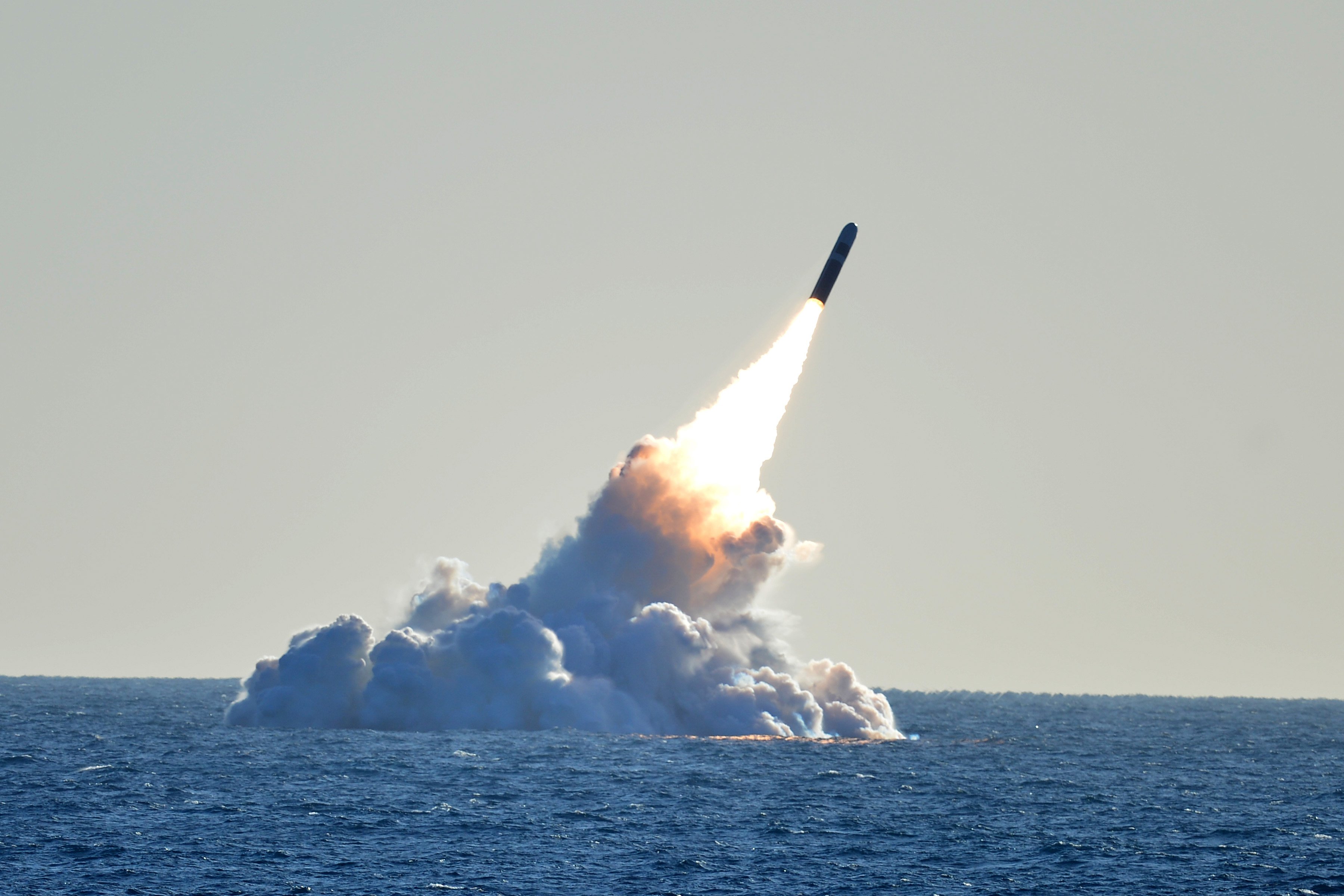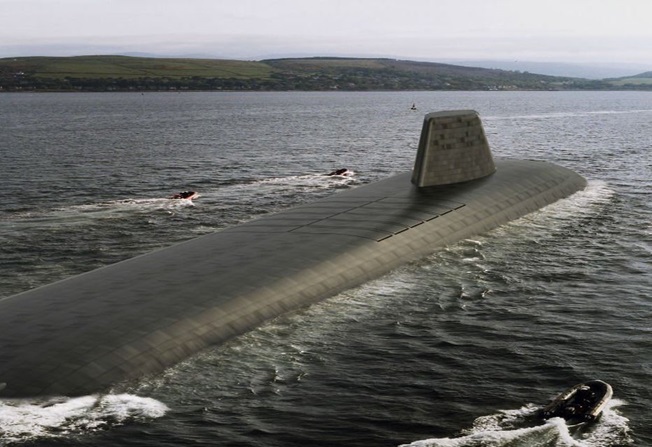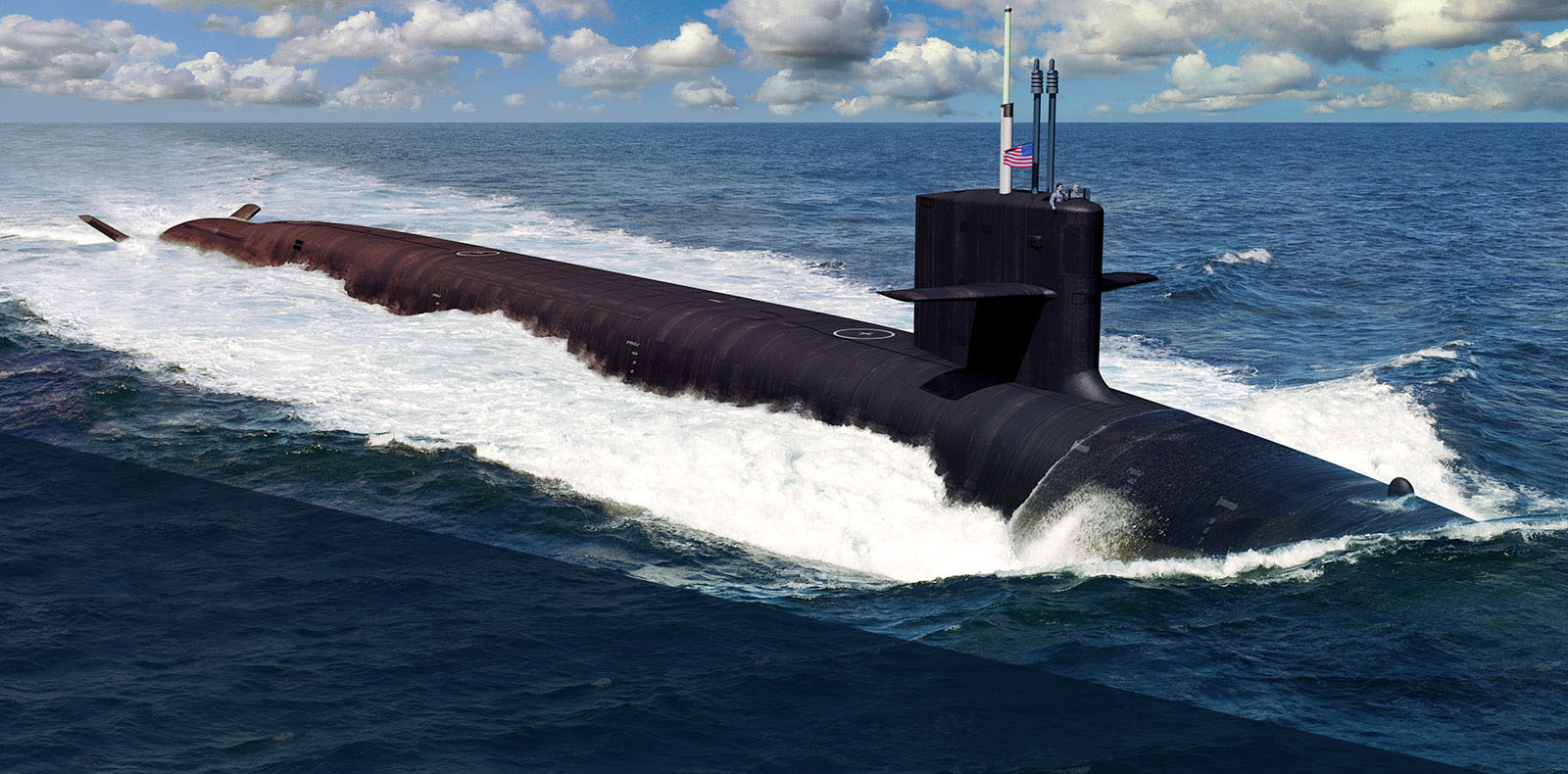
WASHINGTON, D.C. — The director of the Navy’s Strategic Systems Programs was confident that the first of a new class of ballistic missile submarine, the planned USS Columbia (SSBN-826), would be ready for its first patrol in 2031. That will be just before the current Ohio-class nuclear-deterrent boats are too old to submerge.
The major components of what will be on Columbia are “on schedule and on track to support” a 2028 launch and a 2031 patrol, SSP director Vice Adm. Terry J. Benedict said.
Meeting that deadline is critical because the Ohio-class submarines will be reaching the absolute limit of their ability to submerge for a patrol, Navy officials have warned.
In what was likely his last public appearance before he retires in May, after 35 years of commission service and eight years as SSP director, Benedict was completely positive on the status of the Navy’s top acquisition program.
The missile tubes, which will go into a common missile compartment for both the Columbia boats and the planned HMS Dreadnaught, which will replace the Royal Navy’s Vanguard ballistic missile subs, are in production, he said.
And General Dynamics Electric Boat, the prime contractor for Columbia, “is now gearing up for production” of the hull and assembly of the components produced by others, such as the advanced nuclear power plant from Naval Reactors, he told a breakfast session of the Mitchell Nuclear Deterrence series.
“I do believe the hull will be ready,” Benedict said.
“All the fixtures for the common control compartment have been purchased, have been installed or going through their certification process.”

Benedict said the major features of the Columbia hull and the mechanical and electrical components are “leveraging, to the maximum extent possible, what we have done on Virginia,” the current line of attack submarines co-produced by Electric Boat and Huntington Ingalls. “Where we can get commonality… it’s prudent to do that, not only to reduce risk, but also cost.”
“I think that will put Electric Boat and PEO Submarines on the right foot moving forward,” he said.
Benedict said all the Navy agencies responsible for the Columbia program, including SSP, Naval Reactors and the submarine program office “have scrubbed the various pieces” to ensure Columbia will be ready on time and “will remain a viable asset” until the end of its expected service life in 2084.
The Navy plans to build 12 Columbia-class SSBNs to replace the 14 Ohio-class boomers. Each of the new boats will carry 16 nuclear-armed Trident II D5 missiles in four “quad packs” that also will go into the new Dreadnaughts.
Last year, the Navy estimated that Columbia would cost $7.3 billion, but predicted that the price of the subsequent boats would drop to about $6 billion each. Even that amount would take up a major chunk of the annual shipbuilding budget, which this year hit a high of $21 billion.

Although the first Columbia boats will be armed with the Trident missiles, which are going through a service life extension program, the Navy is researching a possible replacement missile. It is collaborating in that effort with the Air Force, which is working on a replacement for its Minuteman III missiles.
Benedict’s replacement as director will be Rear Adm. Jonny R. Wolfe, who, Benedict noted, had served 22 years in SSP, including time as his deputy.




